3D graphics are becoming key elements in many of today’s multimedia experiences, from games to movies to mixed reality. Of course, these realistic-looking images don’t just pop out of thin air and require someone to take the painstaking work to craft them. Despite their 3D designs, the tools that artists and designers use are all stuck in the flat 2D world. Limitations in technologies and hardware meant that the only way that both creators and consumers could experience 3D in their full glory would be to don goggles and headsets that are often more work than they’re worth. Fortunately, the dream of a 3D experience without glasses is upon us, and ASUS’ new Spatial Vision 3D OLED displays are offering that to the people charged with creating those very same 3D content.
Designer: ASUS

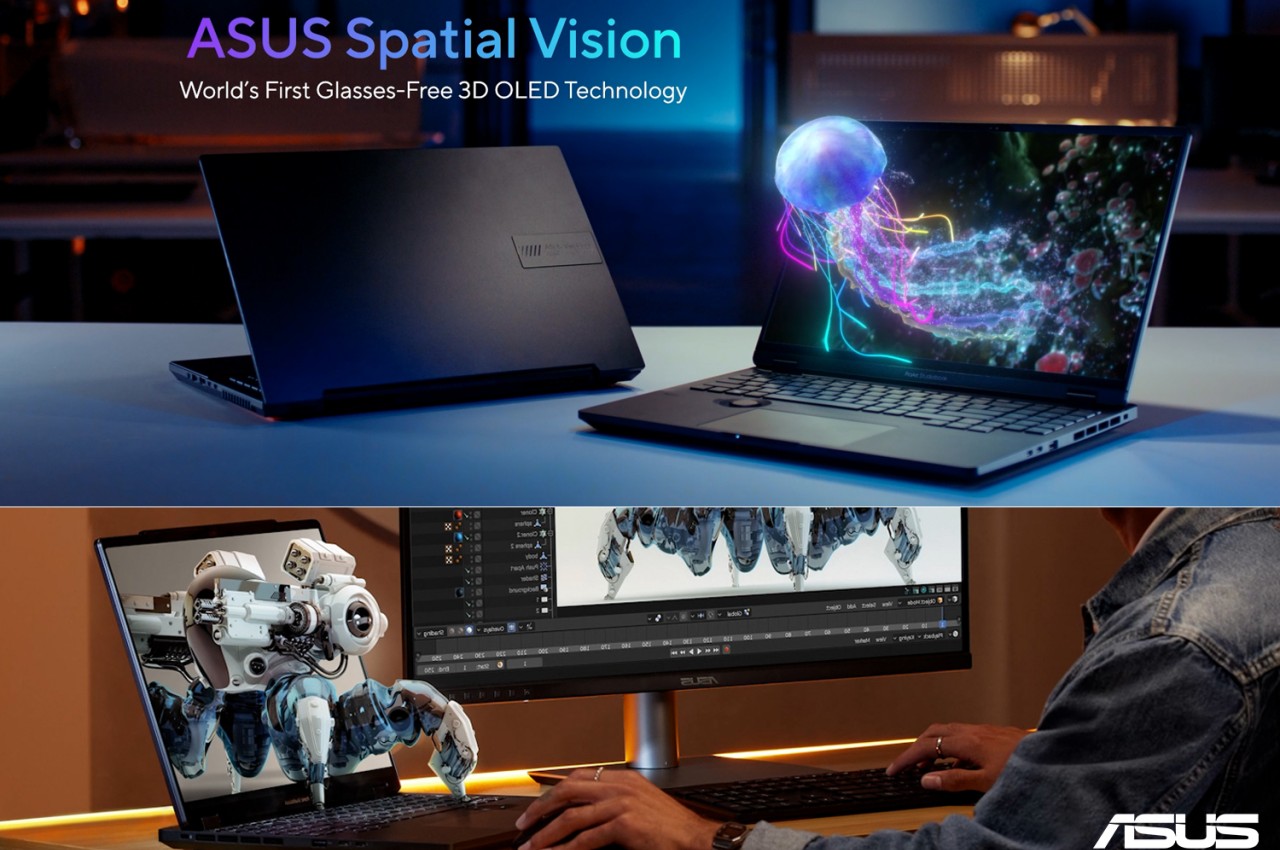
We naturally see the world in 3D, but our flat computer screens are locked to displaying only 2D images. 3D glasses and headsets fool our brains by feeding each eye a different part of the image, creating a composite stereoscopic image that approximates the sense of depth that comes so naturally to us. This does work, but at the expense of burdening our heads, obstructing our vision, and effectively limiting our movements.


ASUS Spatial Vision works on the same principle but has a few tricks up its sleeves to ditch the glasses requirement. Compatible laptops have two cameras that track the position of each eye in order to split an image into alternating slices that then get sent to the left and right eye separately, similar to how 3D glasses work. Thanks to this, it is possible to view 3D objects and content as naturally as you would view any 2D image on your laptop, but also as naturally as you would see any real-world object.
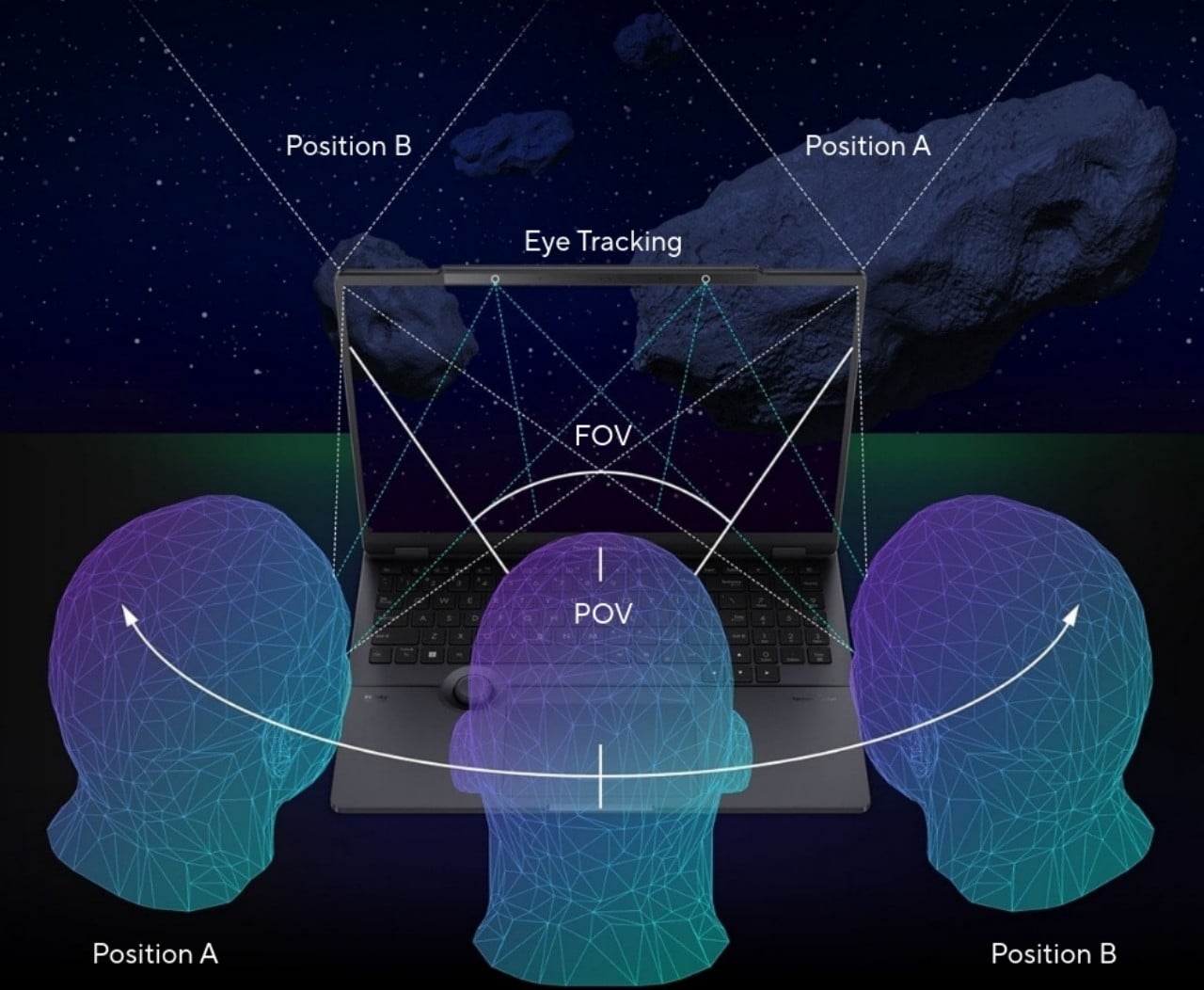
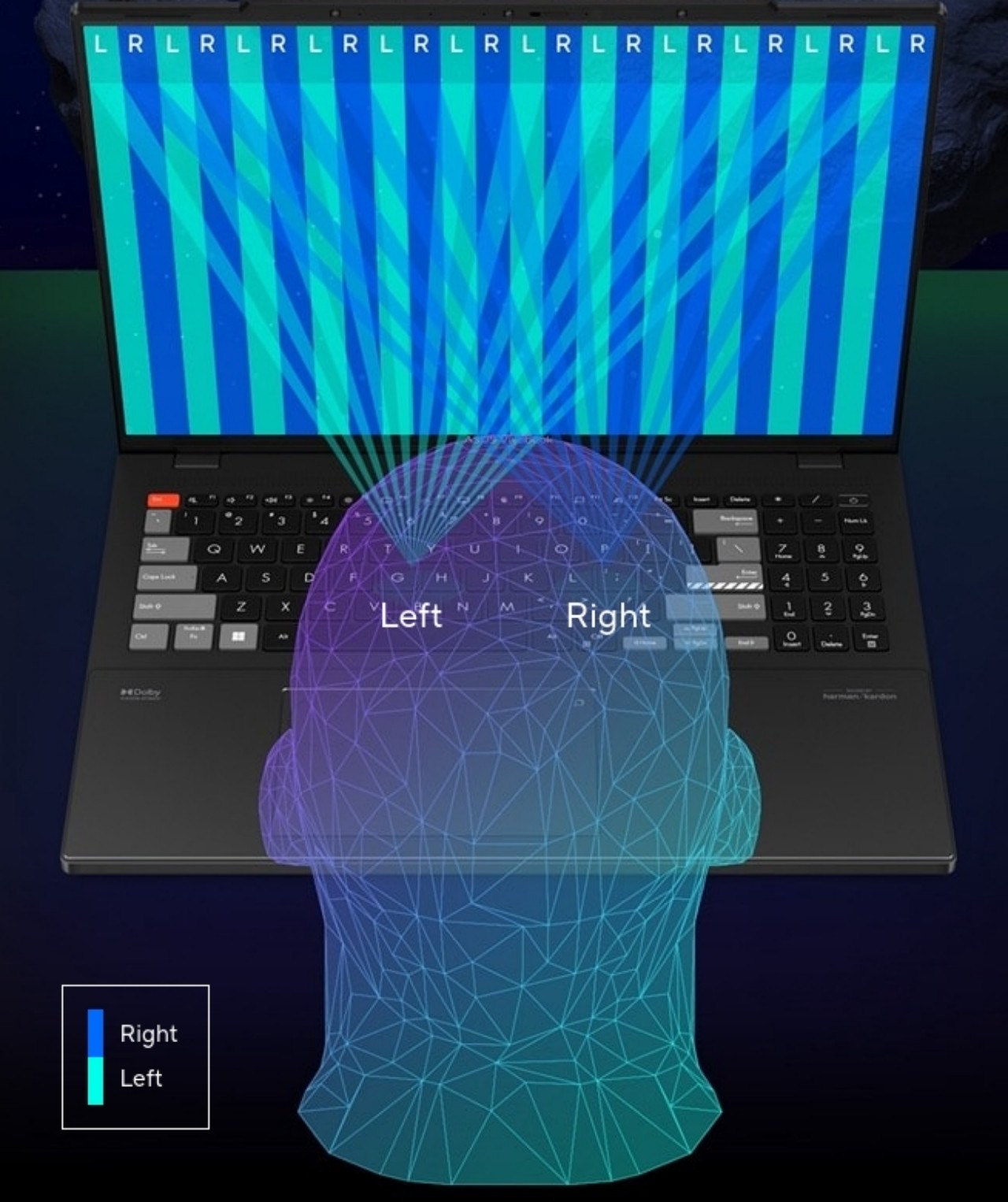
Glasses-free 3D technology isn’t entirely new, but most of it has been geared more toward experiencing 3D content in games and entertainment. In contrast, ASUS is positioning its Spatial Vision technology as a tool for content creators to more accurately form, view, and revise their 3D models. Whether you’re creating assets for games and movies, creating visualizations for presentations, or building the metaverse, ASUS Spatial Vision has you covered. And when you need to switch back to a more convenient 2D view, a simple click lets you switch back and forth thanks to a special 2D/3D liquid crystal switching layer.
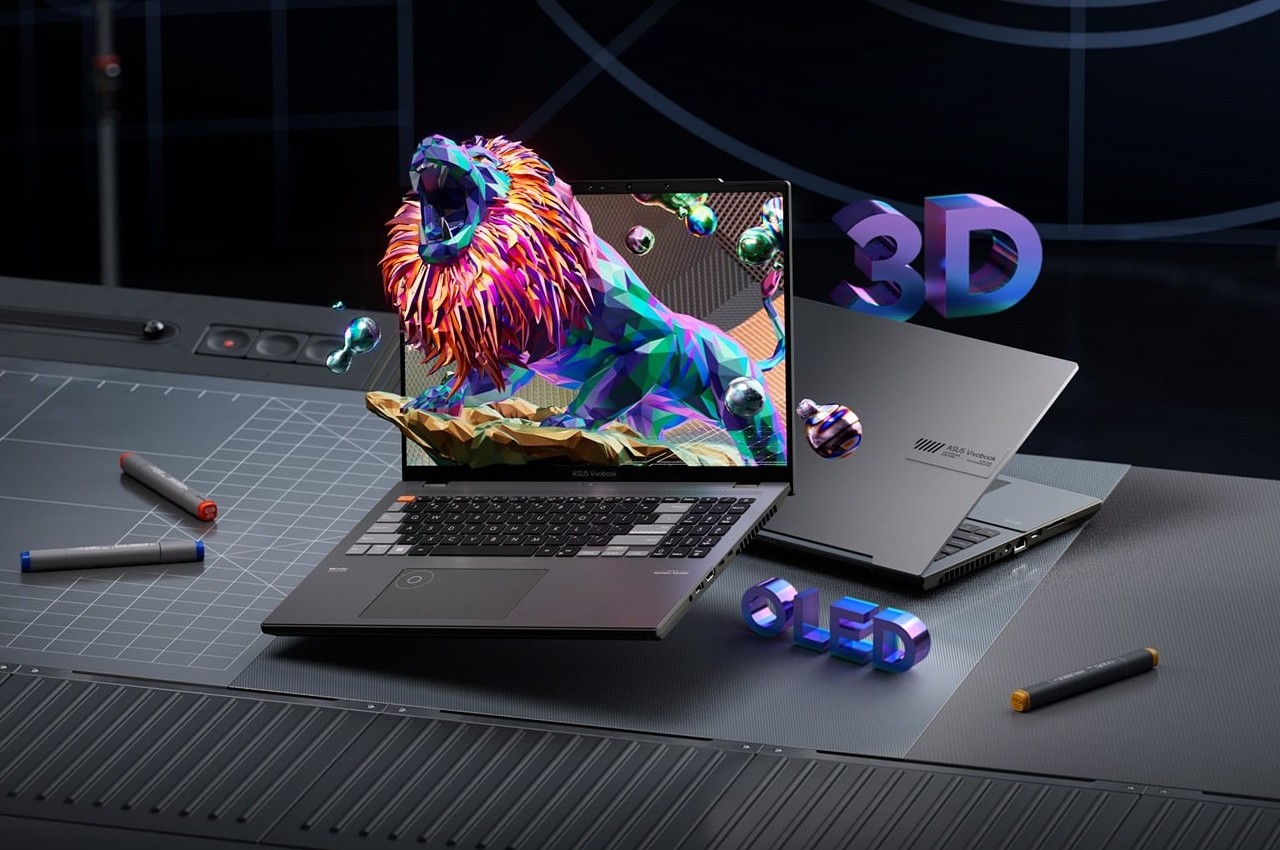
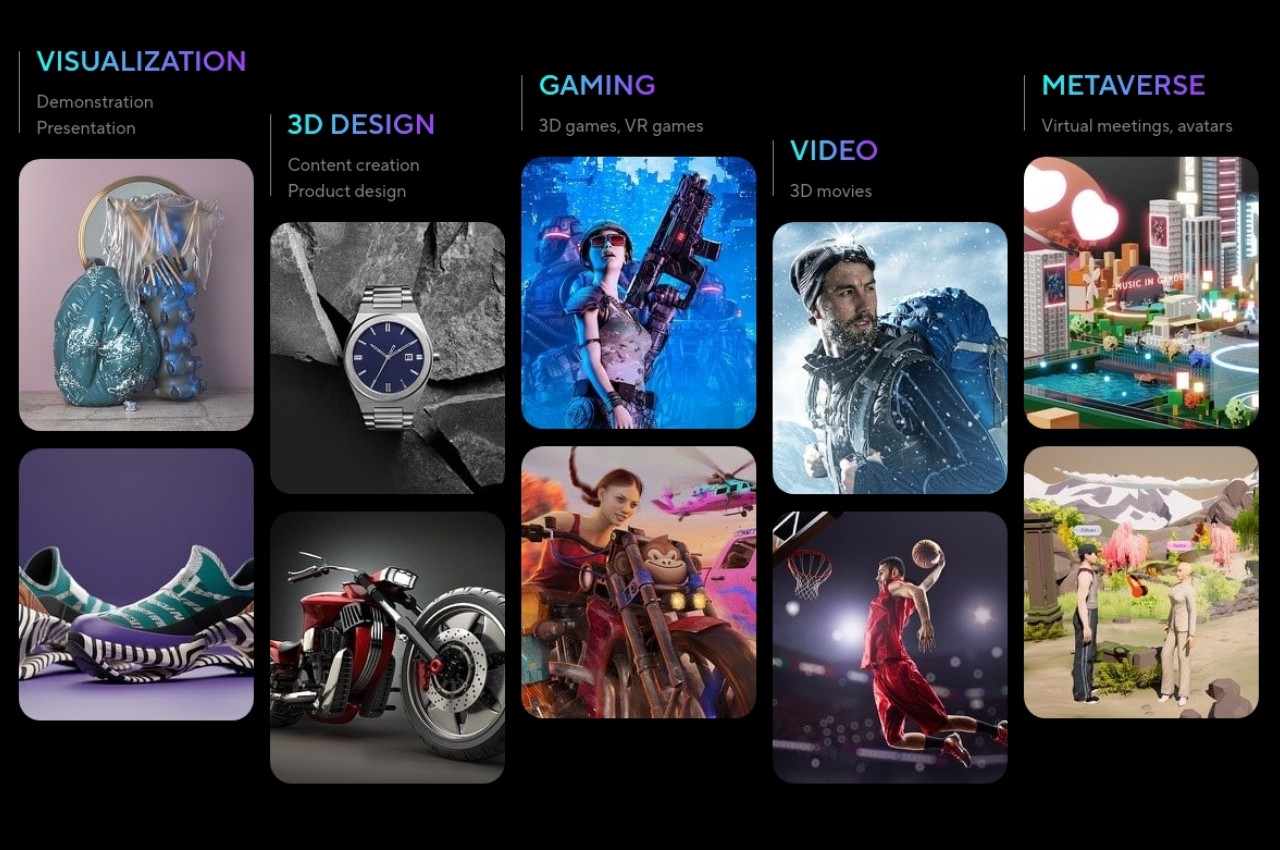
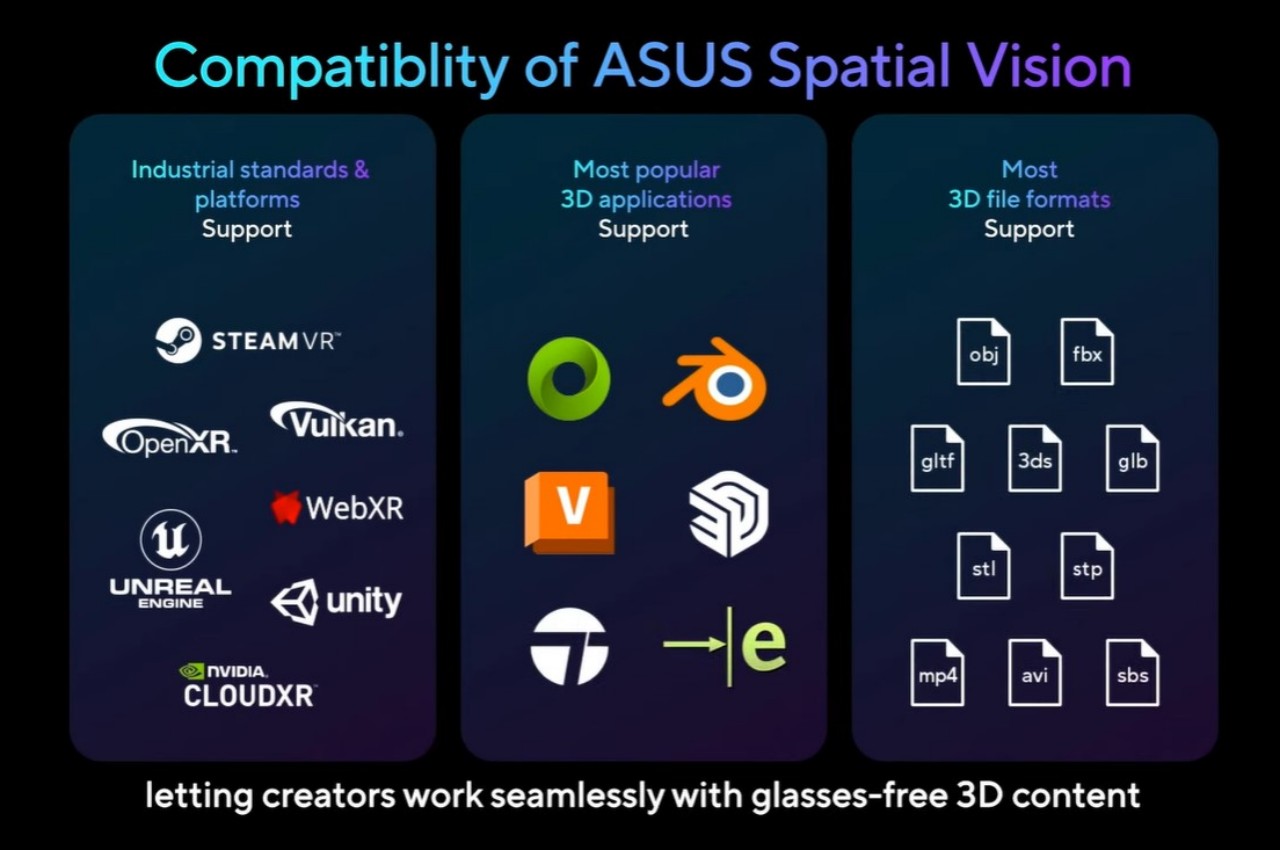
ASUS Spatial Vision 3D OLED Technology will debut in the company’s new ProArt Studiobook 16 3D OLED laptop and as a configuration option for the Vivobook Pro 16X. The technology is already compatible with multiple VR and game creation platforms, such as SteamVR and Unreal Engine, as well as popular tools like Blender.
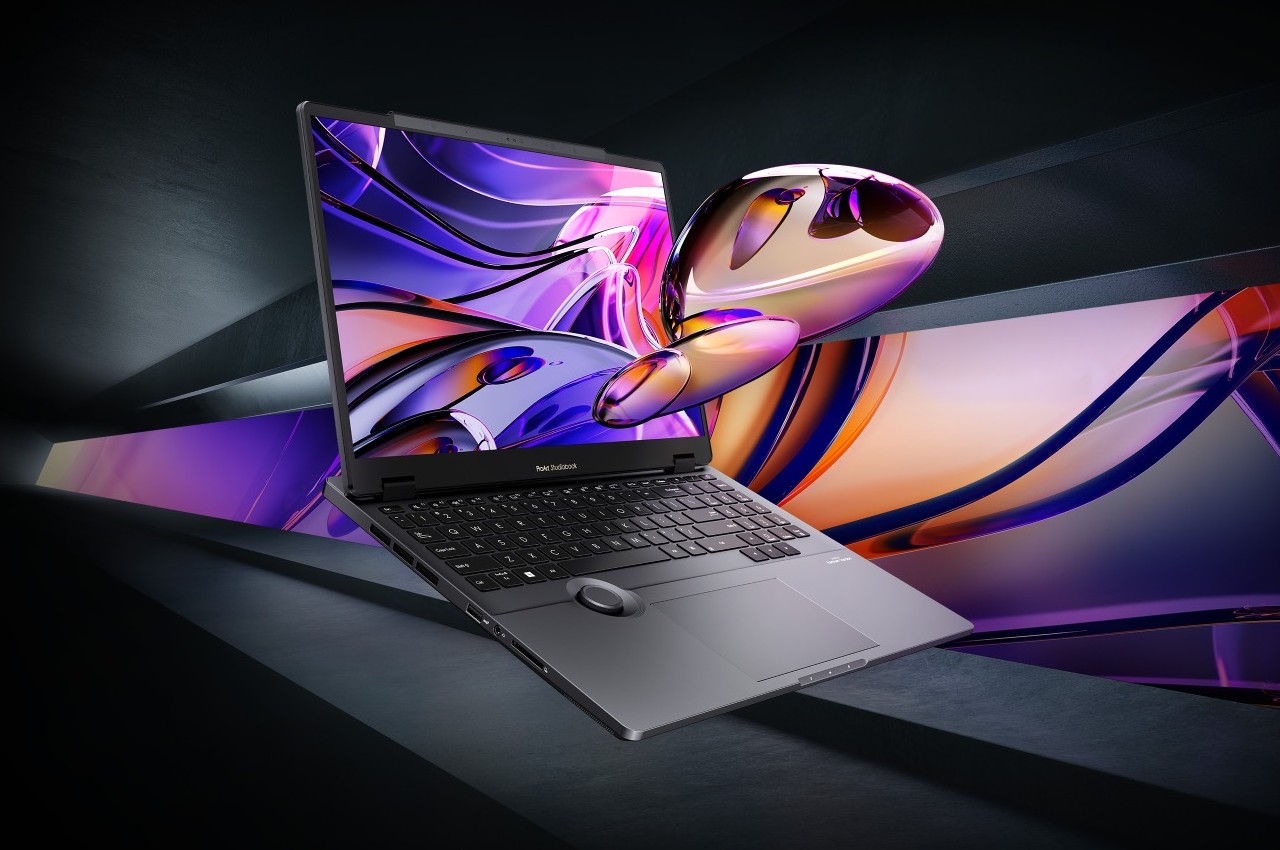
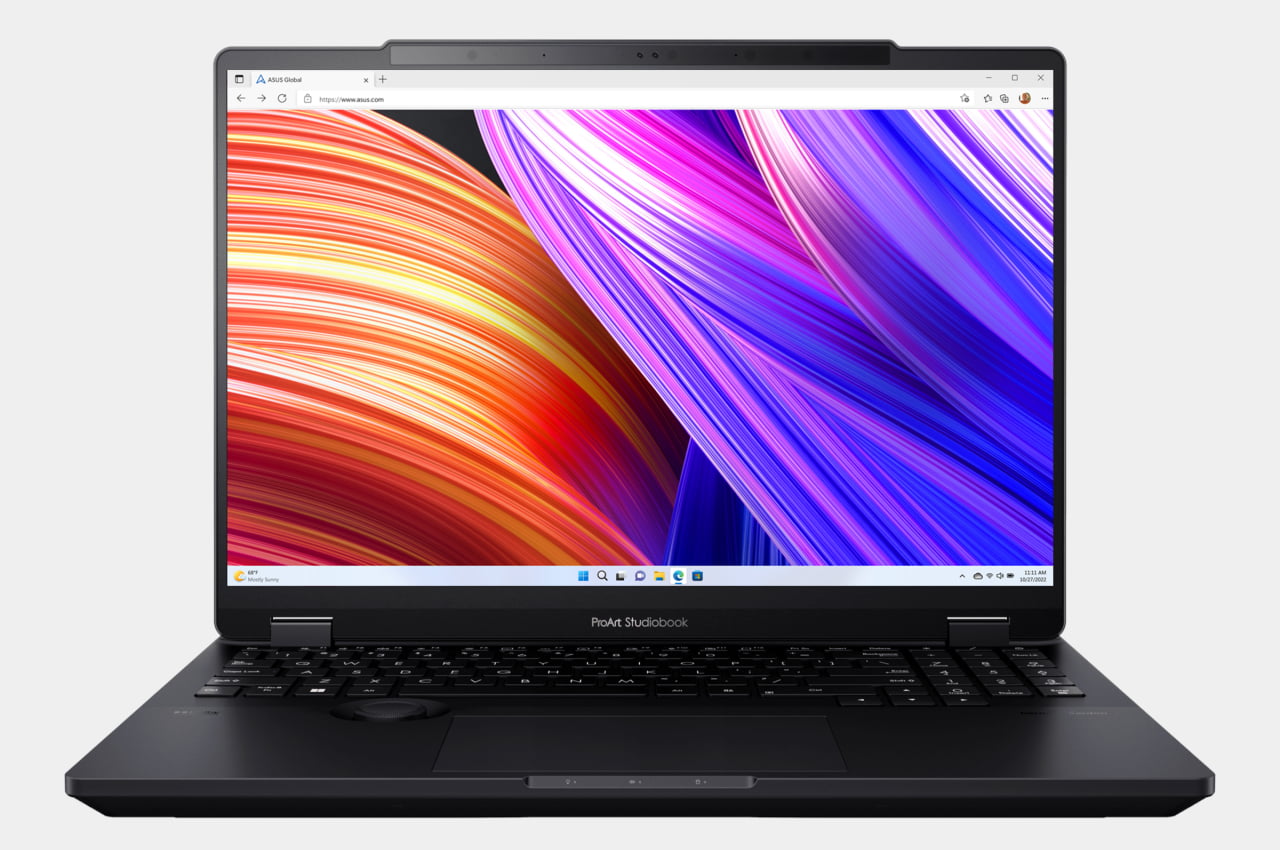
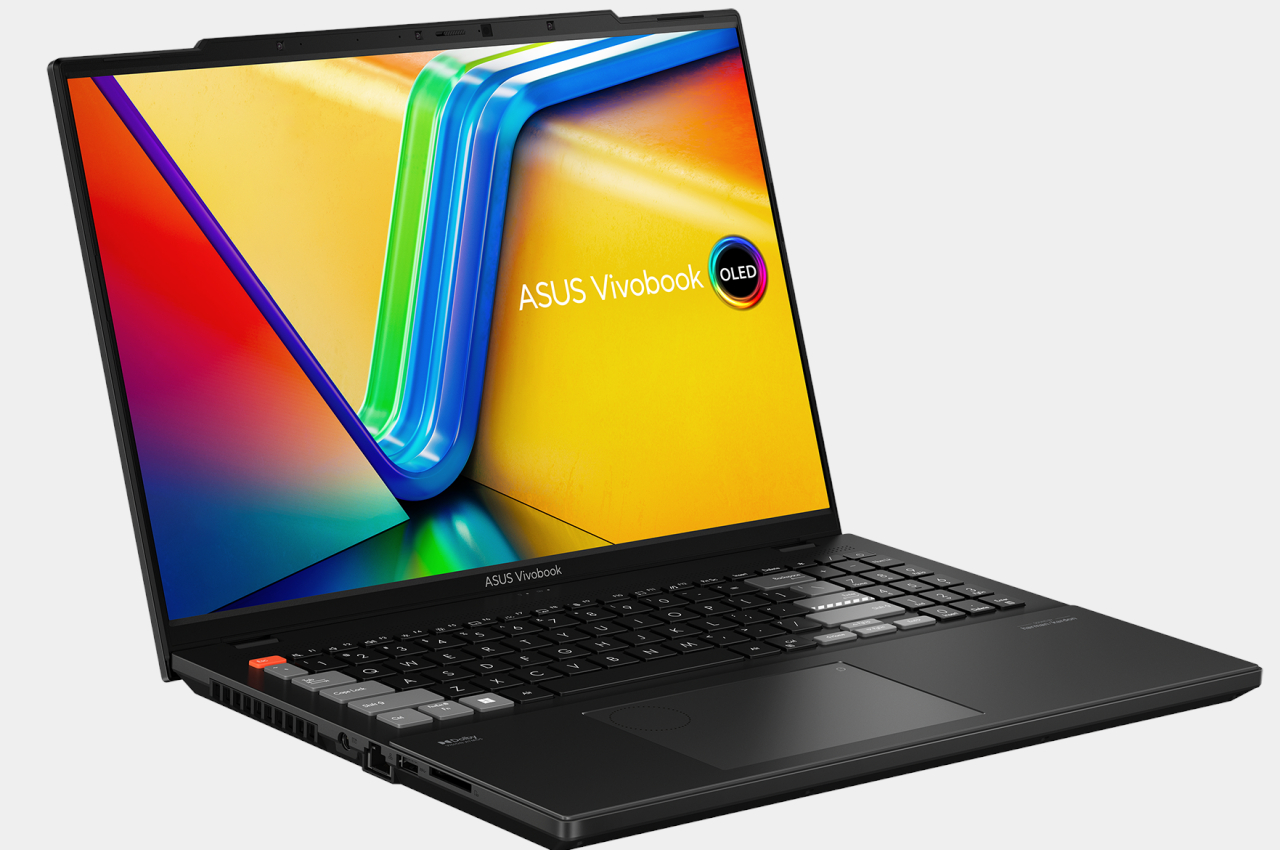
The post ASUS Spatial Vision offers creators a glasses-free 3D experience first appeared on Yanko Design.
via https://ift.tt/txzkoas
Post a Comment
Note: Only a member of this blog may post a comment.